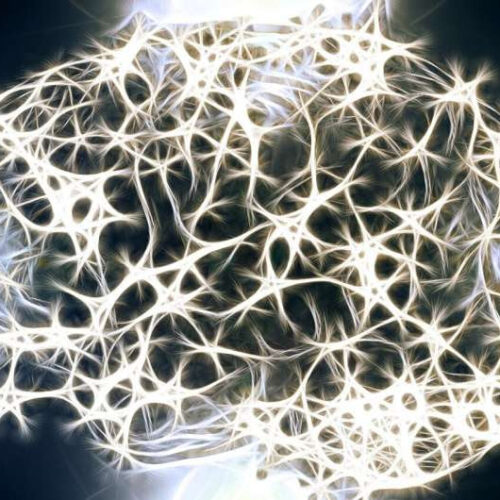by Luciana Constantino, FAPESP Graphical abstract. Credit: Gait & Posture (2022). DOI: 10.1016/j.gaitpost.2022.08.014 Scientists affiliated with the Department of Physical Education’s Human Movement Laboratory (Movi-Lab) at São Paulo State University (UNESP) in Bauru, Brazil, are using artificial intelligence to help diagnose Parkinson’s disease and estimate its progression. An article published in the journal Gait & Posture reports...
Category: <span>parkinsons</span>
A Novel Treatment and Other Parkinson’s Updates From AAN 2022
Kathrin LaFaver, MD; Indu Subramanian, MD August 17, 2022 Kathrin LaFaver, MD: Welcome back, everyone. This is part two of our highlights from the American Academy of Neurology annual meeting abstracts in the movement disorders sphere, specifically in Parkinson’s disease, which were selected by Dr Indu Subramanian. Thanks again for joining us, Indu. Indu Subramanian, MD: Thank...
Trans-auricular VNS ‘Very Clever’ for Parkinson’s Disease
Pauline Anderson September 23, 2022 Trans-auricular vagus nerve stimulation (taVNS) is feasible, well-tolerated, and may improve motor function in patients with Parkinson’s Disease (PD), new research suggests. The field of noninvasive brain stimulation in PD is in its infancy, but emerging research shows it is a promising approach for some patients, lead study author Vanessa...
IS PARKINSON’S REALLY MORE THAN ONE DISEASE?
In a postmortem analysis of brain neurons, researchers compared samples from 50 people who died with Parkinson’s and 50 who had no sign of the disease. They found more than 200 genes with different epigenetic marks in diseased and healthy brains—but the affected genes were almost entirely different in men and women. “WHAT WE CALL PARKINSON’S DISEASE,...
Zinc enhances albumin’s protective role against Parkinson’s disease
by King Abdullah University of Science and Technology Fig. 1. Fibrillization kinetics of AS under pH 7.4, low and high ionic strength in the presence and absence of Zn2+ and/or defatted human serum albumin (DE-HSA). (A) The nucleation dependent polymerization reaction of amyloid fibril formation causes a sigmoidal growth curve with nucleation, elongation, and saturation phases. (B)...
In-home wireless device tracks disease progression in Parkinson’s patients
by Adam Zewe, Massachusetts Institute of Technology The sensor operates like a low-power radar, where it captures radio waves to assess patients’ walking patterns, their disease progression, and the effects of medications. Credit: Liu et al., Sci. Transl. Med. 14, eadc9669 (2022) Parkinson’s disease is the fastest-growing neurodegenerative disease, now affecting more than 10 million people...
Brain’s support cells may hold key to new Huntington’s treatments
by University of Rochester Medical Center Credit: Pixabay/CC0 Public Domain Huntington’s disease—a hereditary and fatal genetic disorder—has long been considered a neuronal disease due to the permanent loss of medium spiny motor neurons, the death of which over time is responsible for the clinical hallmarks of the disease: involuntary movements, problems with coordination, cognitive decline,...
Artificial intelligence model can detect Parkinson’s from breathing patterns
by Alex Ouyang, Massachusetts Institute of Technology The system extracts nocturnal breathing signals either from a breathing belt worn by the subject, or from radio signals that bounce off their body while asleep. It processes the breathing signals using a neural network to infer whether the person has Parkinson’s, and if they do, assesses the...
Increased concentrations of GPNMB in blood samples could be biomarker for Parkinson’s disease
by Bob Yirka, Medical Xpress Haplotypes associated with PD result in increased expression of GPNMB, encoding GPNMB. GPNMB interacts with aSyn, with effects on aSyn expression at the synapse, cellular uptake of fibrillar aSyn, and development of aSyn pathology in neurons. Together, these cellular processes mediate risk for development and progression of PD. Created with...
VR balance training is highly effective in improving balance ability of patients with Parkinson’s disease
Reviewed by Emily Henderson, B.Sc. Aug 2 2022 JMIR Publications recently published “Benefits of Virtual Reality Balance Training for Patients With Parkinson Disease: Systematic Review, Meta-analysis, and Meta-Regression of a Randomized Controlled Trial” in JMIR Serious Games, which reported that virtual reality (VR) balance training is increasingly being pursued in biomedical research, specifically with respect to investigating...






